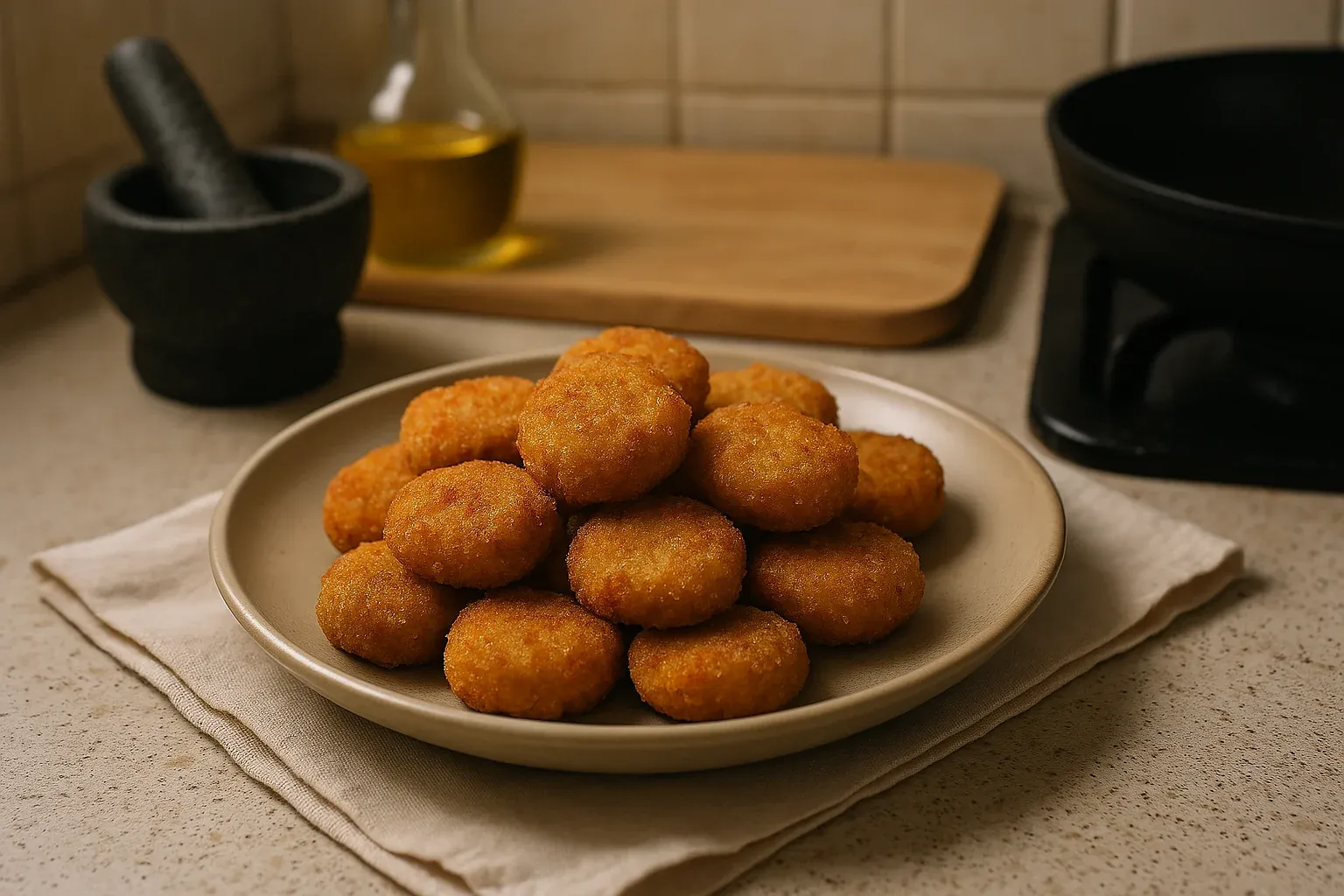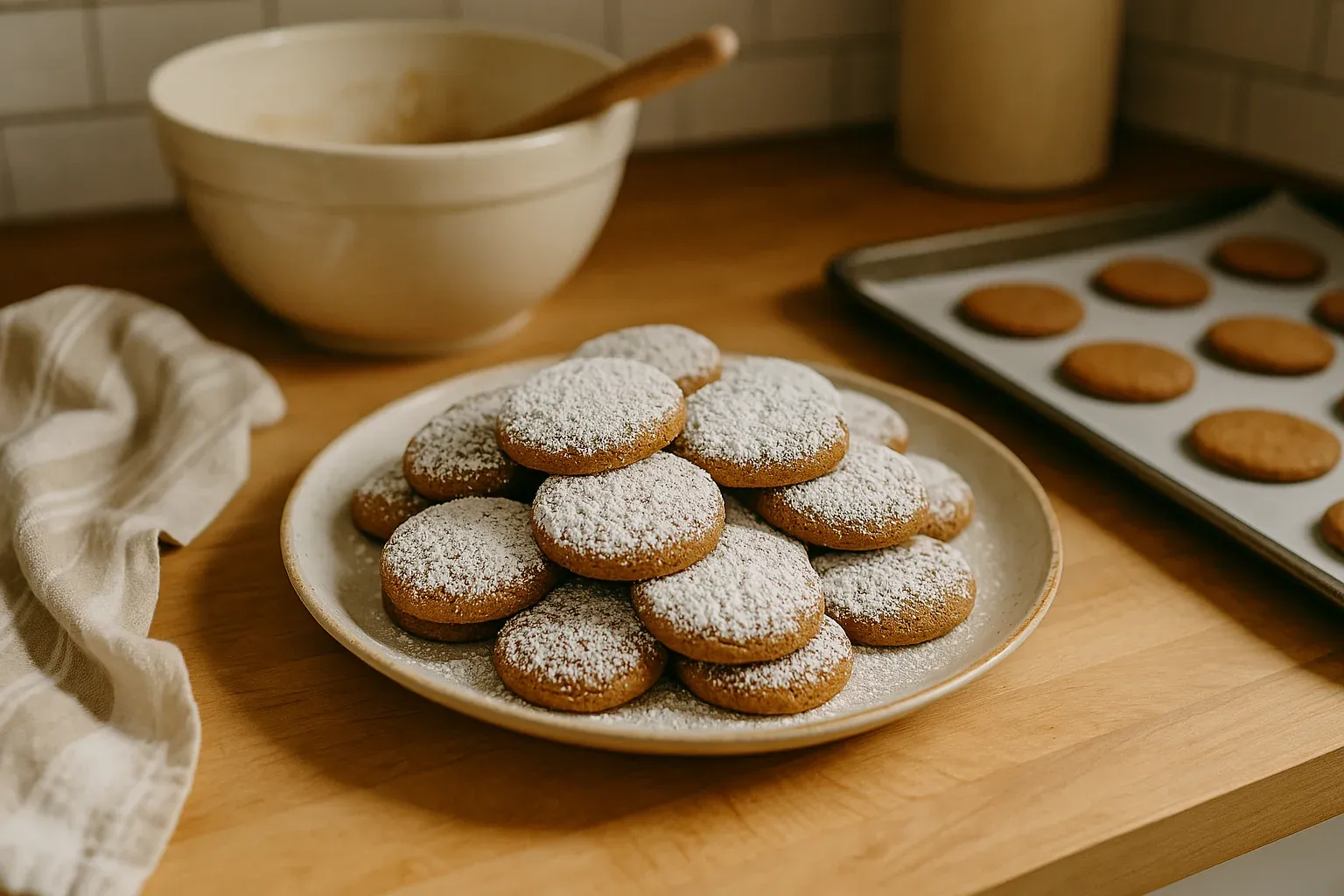A non-reactive pan is any pan that does not react with acidic foods. Reactive pans will alter the flavor of acidic foods and also discolor them.
Examples of non-reactive pans are:
- stainless steel
- copper, lined
- enamel
- glass
- clay
Stainless steal is the most common type of non-reactive pan. Stainless steel is notorious poor conductor of heat and difficult to cook with. To get around this shortcoming many stainless pans have copper or aluminum bonded to the bottoms and sides. The benefit is that you get a pan that conducts heat evenly and rapidly. The downside is that these pans can be pricey.
Copper pans are frequently lined with tin to avoid reactivity. These pans not only look great but are also excellent conductors of heat. The only downside is that the tin coating can easily scratch off rendering a pricey non-reactive pan reactive. If your copper pan is not lined then do not use it with reactive foods.





